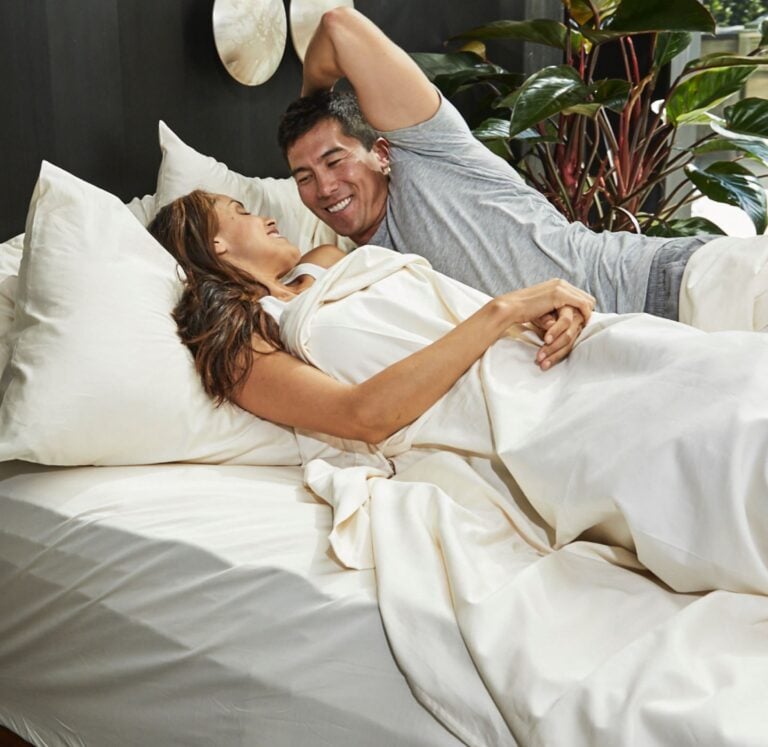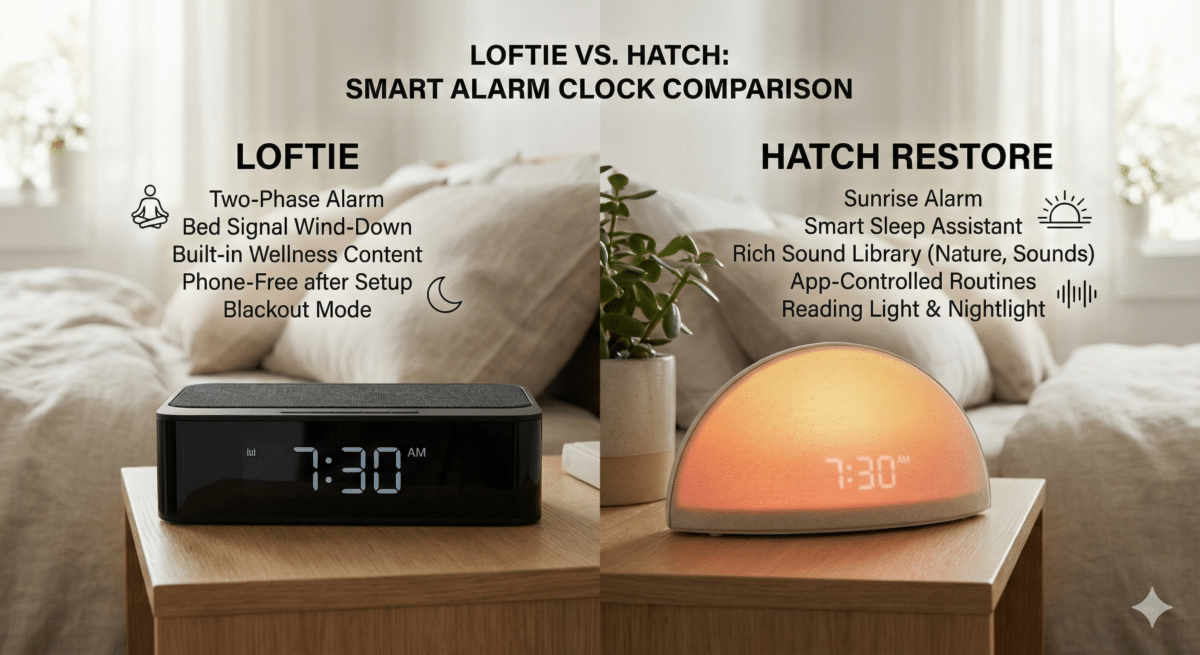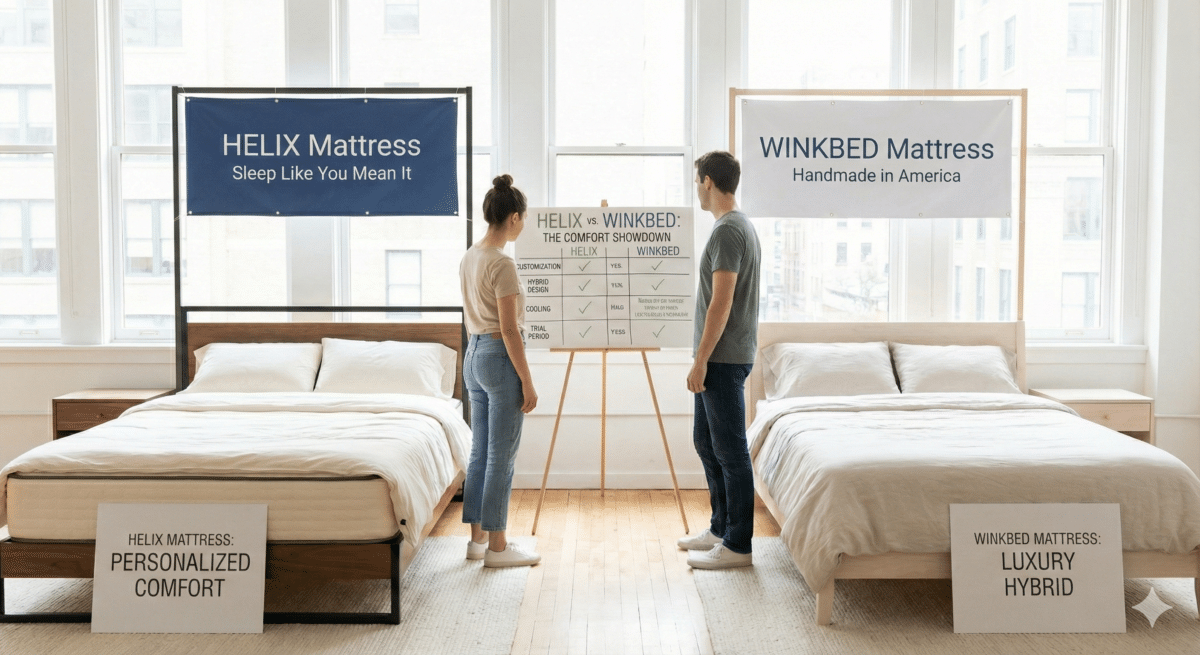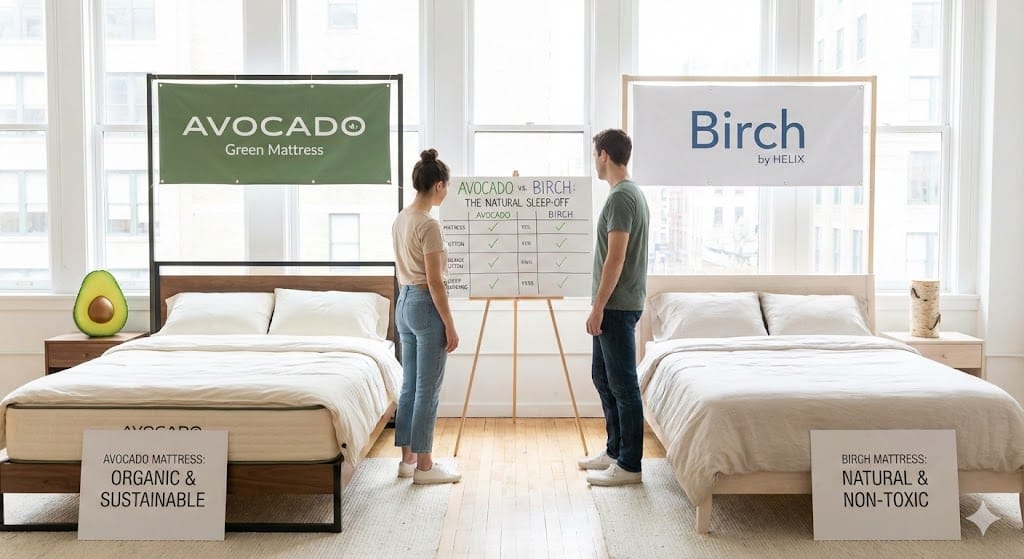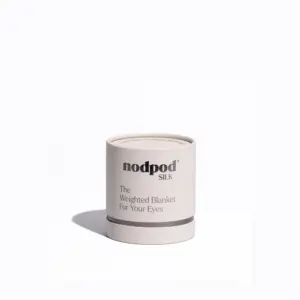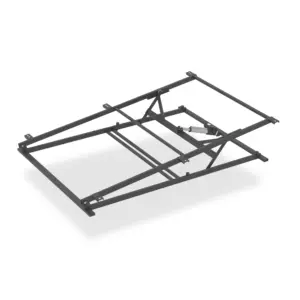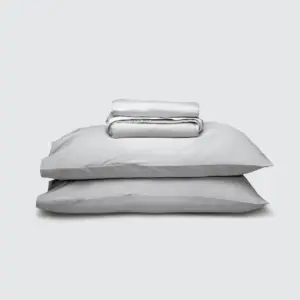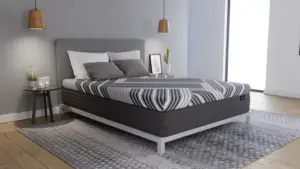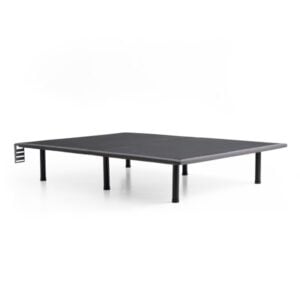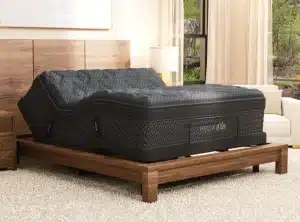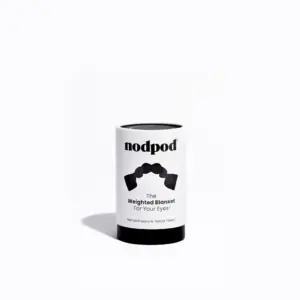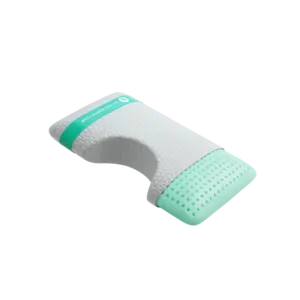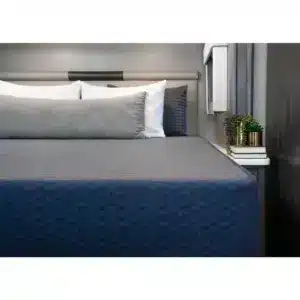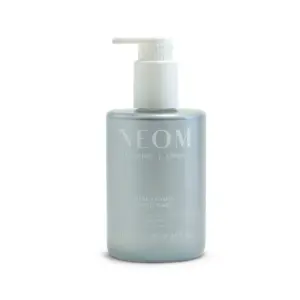What’s the Best Thread Count for Bed Sheets? A Comprehensive Guide
When it comes to selecting the best thread count for bed sheets, many of us strive to find that perfect blend of comfort, quality, and durability. The journey can be confusing with an array of options, but here’s a quick guide to simplify your search:
300-500 Thread Count: The Sweet Spot
This range often strikes the ideal balance, offering a luxurious feel while maintaining breathability.
Above 600: Potential Marketing Hype
Higher thread counts can sometimes mean heavier sheets that may not enhance your sleeping experience.
Understanding thread count is essential. It refers to the number of threads woven into one square inch of fabric, encompassing both horizontal and vertical threads. While a higher thread count can imply softer sheets, it’s important to remember that other factors—such as the type of yarn, the weave, and the material—are equally crucial in determining your sheets’ overall quality and longevity.
I’m Ben Trapskin, your guide to better sleep. Through extensive research into the science and art of bed linens, I aim to provide clarity on making informed choices. Let’s explore what contributes to high-quality sheets beyond mere numbers.
Understanding Thread Count: What You Need to Know
Definition and Measurement
At its essence, thread count is the sum of threads woven vertically (warp) and horizontally (weft) within one square inch. For instance, if a fabric has 200 threads running lengthwise and 200 threads across, the total thread count is 400.
Fabric Density and Feel
Thread count serves as a useful indicator of fabric density. Generally, higher thread counts yield denser fabrics, contributing to a smoother and softer feel. However, the total comfort doesn’t solely hinge on this number. As noted by Kerrie Kelly from the American Society of Interior Designers, Thread count is how we measure the softness and quality of bed sheets.
Here’s a simple table illustrating how varying thread counts impact fabric properties:
| Thread Count | Fabric Density | Feel |
|————–|—————-|————————|
| 200-300 | Moderate | Light and breathable |
| 300-500 | High | Soft and smooth |
| 500+ | Very High | Luxurious but heavier |
Importance of Yarn Quality
The quality of yarn plays a critical role in the overall experience of your sheets. As textile designer Isabelle Abbott emphasizes, Quality is determined by various factors that significantly impact the feel, durability, and comfort of the sheets. For example, long-staple cotton varieties like Egyptian or Pima cotton produce finer threads, allowing a 300-thread count sheet made of high-quality yarn to outshine a lesser-quality 600-thread count sheet.
Is Thread Count the Only Factor?
While thread count is an essential dimension of evaluating bed sheets, it is merely one component of many. Let’s look into vital aspects that collectively contribute to high-quality sheets.
Fiber Content: The Foundation of Comfort
The type of fiber is fundamental to your overall satisfaction. 100% cotton sheets are favored for their breathability and softness. Premium varieties like Pima and Egyptian cotton, renowned for their long fibers, deliver an exceptionally comfortable sleeping surface to the user. On the flip side, blends like cotton/polyester are durable and wrinkle-resistant but can lack the natural feel of pure cotton.
Weave Types: Enhancing Texture and Experience
The weave used greatly affects how sheets feel and perform. Two of the most common types are:
– Percale: This weave is known for its crisp, cool texture, making it a favorite for hot sleepers. Sheets in this category often have lower thread counts.
– Sateen: Characterized by a smooth finish, sateen sheets might feel heavier. They’re ideal for those seeking a soft, luxurious touch.
Craftsmanship: Quality Matters
The attention to detail in craftsmanship significantly influences your sheet experience. Ensure that your options feature strong seams and well-finished edges. Poor construction can lead to fraying, undermining the investment in quality materials.
Best Thread Count for Different Materials
Finding the best thread count for bed sheets is all about balance. Below, we break it down by fabric type:
Cotton
The most popular choice, cotton sheets generally perform well within a thread count of 200–400.
– Egyptian Cotton: Aim for 300–400 for that luxurious touch.
– Pima Cotton: A similar range works well but often at a more budget-friendly price.
Sateen and Percale
For Sateen Sheets:
– 300–600 thread count is optimal, with 400 often providing the best balance of luxury without excessive weight.
For Percale Sheets:
– 200–300 is advisable, with a minimum of 250 for a trusty balance of breathability and comfort.
Linen
Linen is breathable and ideal for warm climates, but it generally has a lower thread count. Aim for 80-140, which maintains durability without compromising on feel.
Silk
Silk sheets are measured by momme weight rather than thread count. A range of 17-22 momme ensures a balance of softness and durability.
Conclusion: Investing in Quality Sleep
In your quest for the best thread count for bed sheets, remember that the thread count is only one piece of the puzzle. Factors like fiber quality, weave type, and craftsmanship are equally important and should be considered when making a choice.
Personalized Recommendations
At Yawnder, we appreciate that comfort is subjective. Our expertly curated selection accommodates various preferences, whether you desire the lightweight feel of a 300-thread count or the plush comfort of a 600-thread count.
Quality and Comfort First
With a focus on durability and sumptuous feel, we prioritize sheets that will withstand time and enhance your sleep experience. For a comprehensive range of high-quality options, visit our bedding sheets page. Invest wisely in your rest and embrace the comfort that quality sheets can bring.

